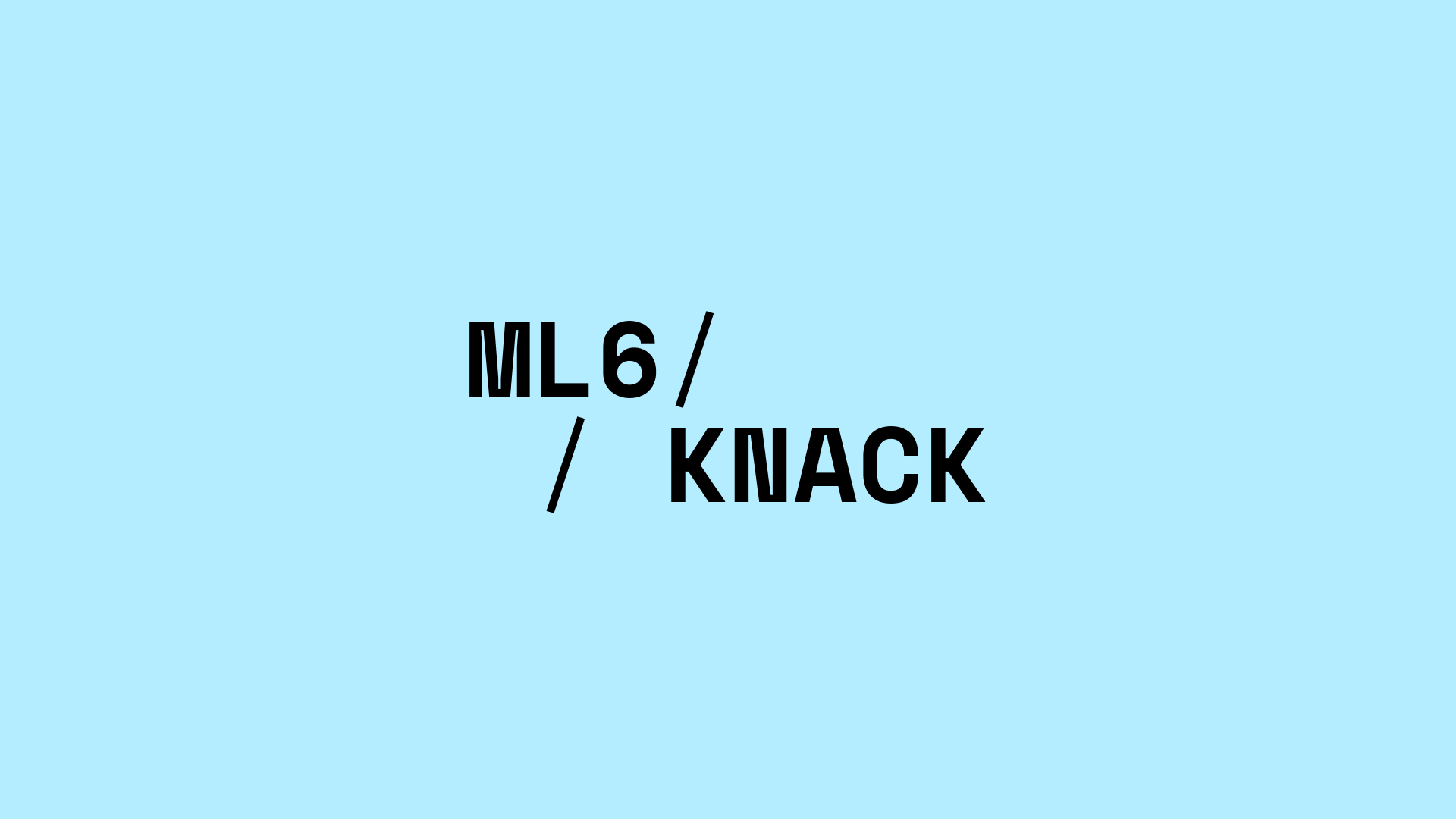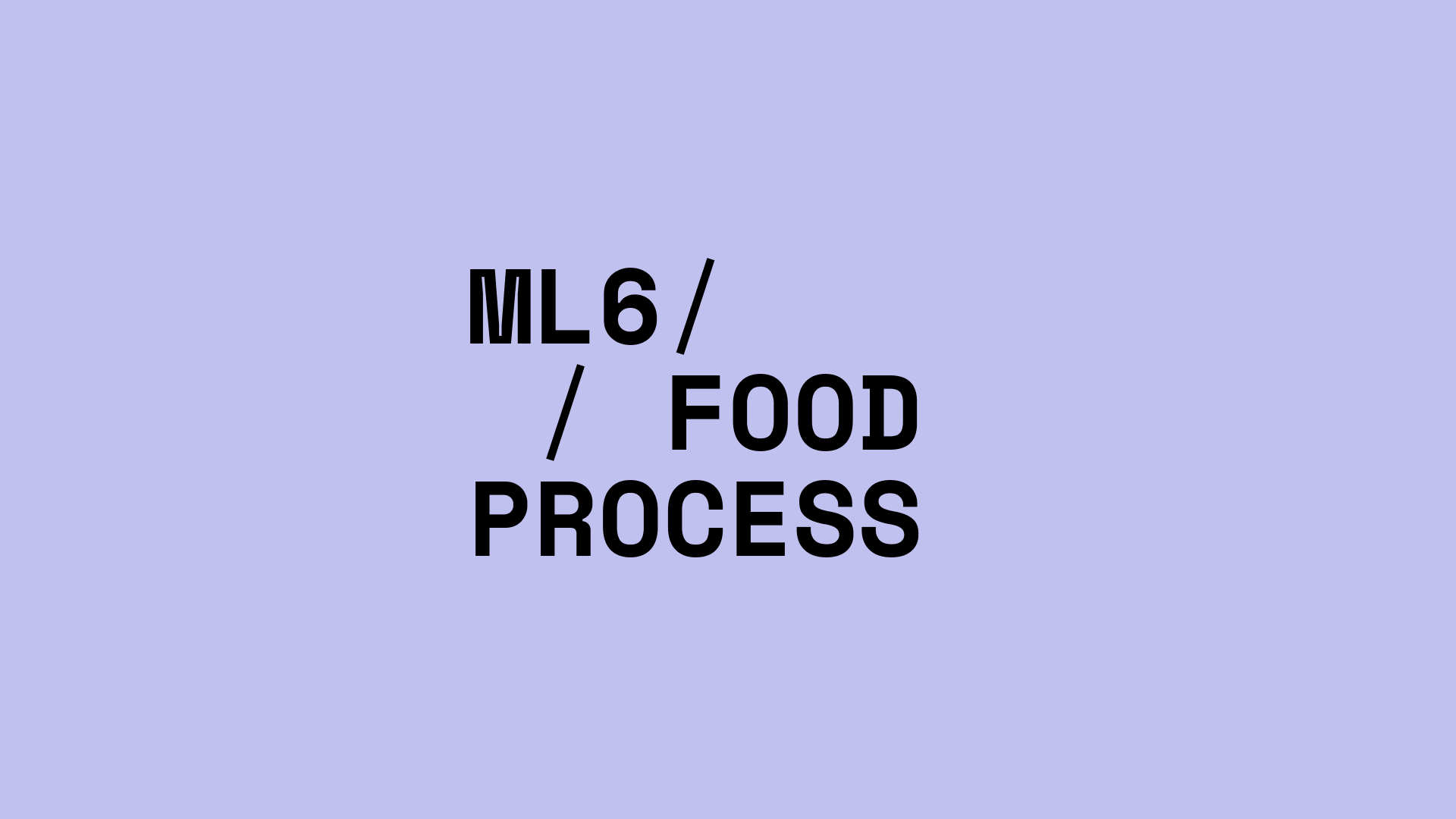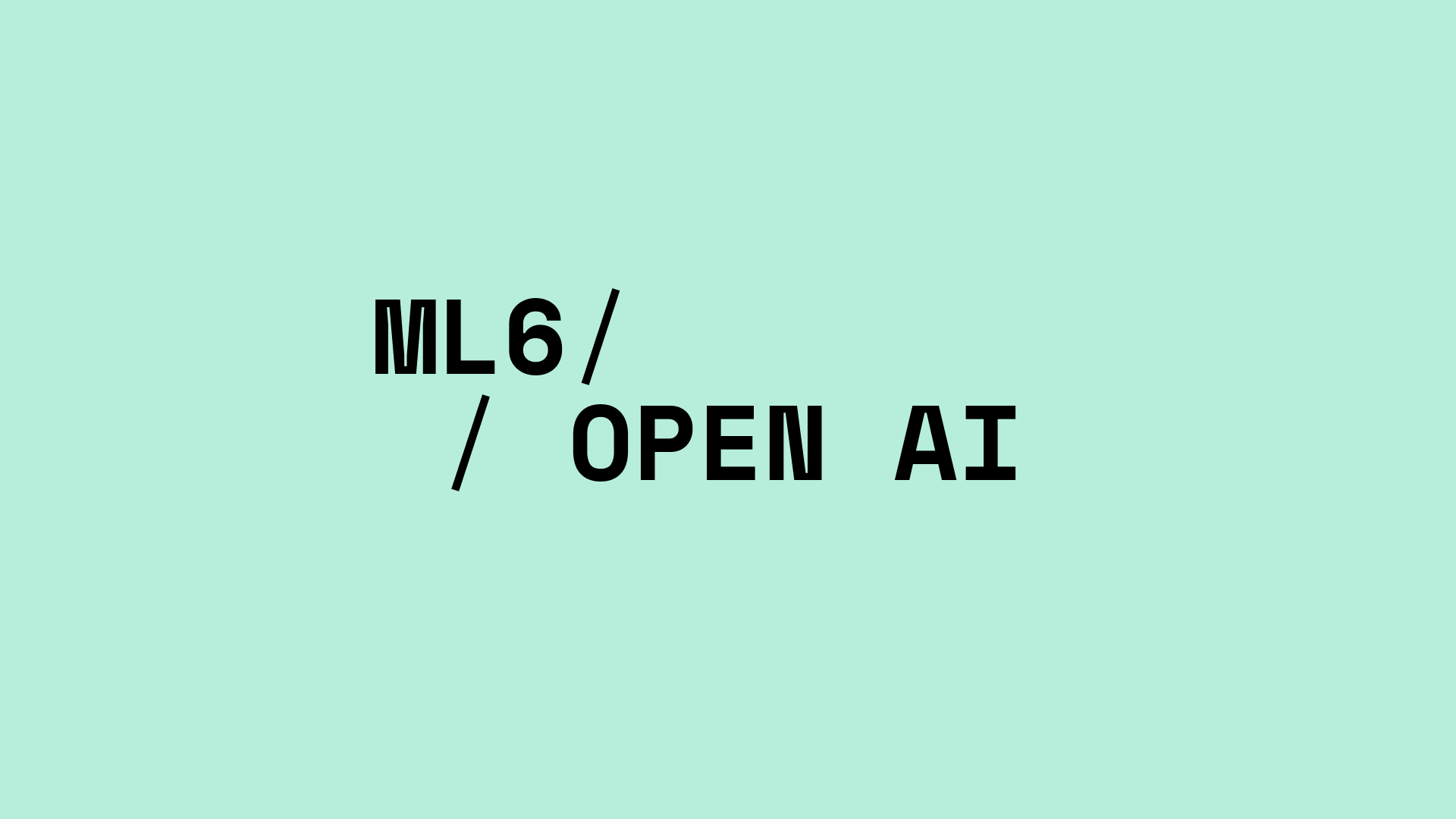
deCYPher: Faster, Cheaper, and Smarter R&D for a Sustainable Future
Executive Summary Many essential consumer goods, from life-saving chemotherapy drugs to the fragrances and flavors in everyday products, come from compounds found in plants. These are cornerstones of multi-billion dollar markets where consumer demand for sustainable, natural products is growing at an unprecedented rate. However, the methods used to acquire them are often anything but sustainable. The development of more sustainable approaches, such as Microbial Cell Factories, presents complex engineering challenges, leading to costly and slow R D. Active Learning can revolutionize the traditional research cycle by delivering a faster, cheaper and more intelligent R D process, paving the way for a sustainable future.
































